
Papua New Guinea, officially the Independent State of Papua New Guinea, is a country in Oceania that comprises the eastern half of the island of New Guinea and its offshore islands in Melanesia. Its capital, located along its southeastern coast, is Port Moresby. The country is the world's third largest island country with an area of 462,840 km2 (178,700 sq mi).
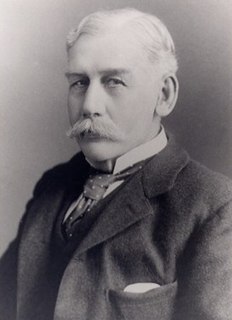
Richard Lydekker was an English naturalist, geologist and writer of numerous books on natural history.

The Ramu River is a major river in northern Papua New Guinea. The headwaters of the river are formed in the Kratke Range from where it then travels about 640 km (398 mi) northwest to the Bismarck Sea.

The Fiji national cricket team is the men's team that represents the Republic of Fiji in international cricket. Fiji has been an associate member of the International Cricket Council (ICC) since 1965, although the team's history goes back to the late 19th century.

Nepenthes neoguineensis is a tropical pitcher plant native to the island of New Guinea, after which it is named.
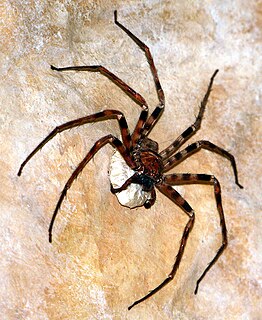
Heteropoda is a genus of spiders in the family Sparassidae, the huntsman spiders. They are mainly distributed in tropical Asia and Australia, while at least one species, H. venatoria, has a cosmopolitan distribution, and H. variegata occurs in the Mediterranean.
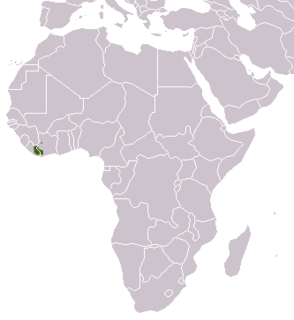
The West African oyan, also known as the West African linsang, is a linsang species native to the Upper Guinean forests in West Africa. It is one of the least known small carnivores in Africa.

Tetragnatha is a genus of long-jawed orb-weavers found all over the world. It was first described by Pierre André Latreille in 1804, and it contains hundreds of species. Most occur in the tropics and subtropics, and many can run over water. They are commonly called stretch spiders in reference to their elongated body form and their ability to hide on blades of grass or similar elongated substrates by stretching their front legs forward and the others behind them. The name Tetragnatha is derived from Greek, tetra- a numerical prefix referring to four and gnatha meaning "jaw". Evolution to cursorial behavior occurred long ago in a few different species, the most studied being those found on the Hawaiian islands. One of the biggest and most common species is T. extensa, which has a holarctic distribution. It can be found near lakes, river banks or swamps. Large numbers of individuals can often be found in reeds, tall grass, and around minor trees and shrubs.

Hendrikus Albertus Lorentz was a Dutch explorer in New Guinea and diplomat in South Africa.
Sir George Hamilton Kenrick FRES was an English entomologist who specialised in Lepidoptera especially those of New Guinea. He was a prominent liberal educationist and was a councillor in Birmingham.
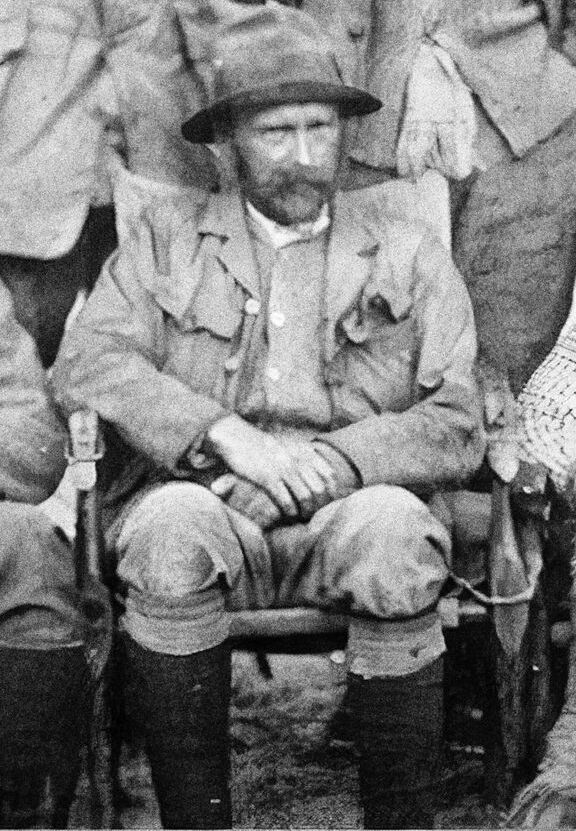
Alexander Frederick Richmond "Sandy" Wollaston was an English medical doctor, ornithologist, botanist, climber and explorer. After qualifying as a surgeon in 1903, Wollaston decided to spend his life on exploration and natural history, travelling extensively; he wrote books about his travels and work, and was elected a Fellow of the Royal Geographical Society in 1907. He took up an offer from John Maynard Keynes as a tutor at Cambridge, Wollaston and was shot dead by Douglas Potts, a deranged undergraduate student, in Cambridge.
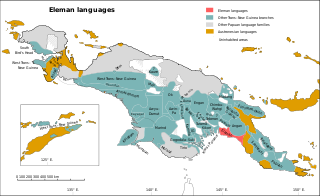
The Eleman languages are a family spoken around Kerema Bay, Papua New Guinea.

The postage stamps and postal history of Papua New Guinea originated in the two colonial administrations on the eastern part of the island of New Guinea and continued until their eventual merger, followed by independence in 1975.
SS Ellengowan was a schooner rigged, single screw steamer built by Akers Mekaniske Verksted in Christiania (Oslo) Norway, under her original name, Nøkken. The vessel was powered by sail and a vertical direct acting steam engine. Ellengowan sank at its moorings, unmanned, during the night of 27 April 1888 in Port Darwin and was abandoned. 103 years later, in 1991, she was discovered by divers making it the oldest known shipwreck in Darwin Harbour.

The Lorentz River is located in the Indonesian province of Papua in Western New Guinea, about 3500 km northeast of the Indonesian capital Jakarta. It originates in the central east-west mountain range of New Guinea, and flows southwards into the Arafura Sea at Flamingo Bay. During the first two Dutch expeditions to Southern New Guinea (1907–10) it was called Northern River. In 1910 it was renamed after the Dutch explorer Hendrikus Albertus Lorentz. After it became part of Indonesia, it was renamed to Unir, as in the language of the local Asmat people, while the Lorentz name is still in use.

Orby (1904–1918) was an Anglo-Irish Thoroughbred racehorse and sire. In a racing career which lasted from 1906 to 1907 he ran seven times and won four races. In 1907 he became the first Irish-trained horse, and the third owned by an American, to win The Derby. In the same year, he became the first horse to complete the Epsom Derby-Irish Derby double, but his racing career was ended by training problems after one further race. He went on to become a successful breeding stallion.
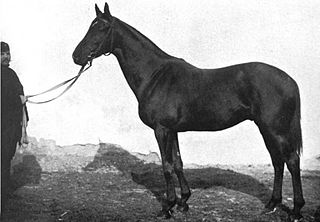
Slieve Gallion (1904–1926) was a British Thoroughbred racehorse and sire. In a career that lasted from May 1906 to June 1907 he ran eight times and won six races. He was one of the leading British two-year-olds of 1906 when his wins included the Champagne Stakes at Doncaster. The following spring he became a Classic winner by taking the 2000 Guineas but finished third when favourite for The Derby. After winning his only subsequent race he was sold and exported to stand as a stallion in Hungary.

The Erionotini are a tribe in the Hesperiinae subfamily of skipper butterflies.

Cannabis in Fiji is illegal.

Rhodora was an Irish Thoroughbred racehorse and broodmare. She was one of the best juvenile fillies in the British Isles in 1907 when she won three of her six races including a victory over strong male opposition in the Dewhurst Stakes. In the following year she won the 1000 Guineas but was brought down when favourite for the Epsom Oaks. She won two more races in Ireland before her racing career was ended by injury. She was retired from racing to become a broodmare, but none of her produce survived long after birth.


















